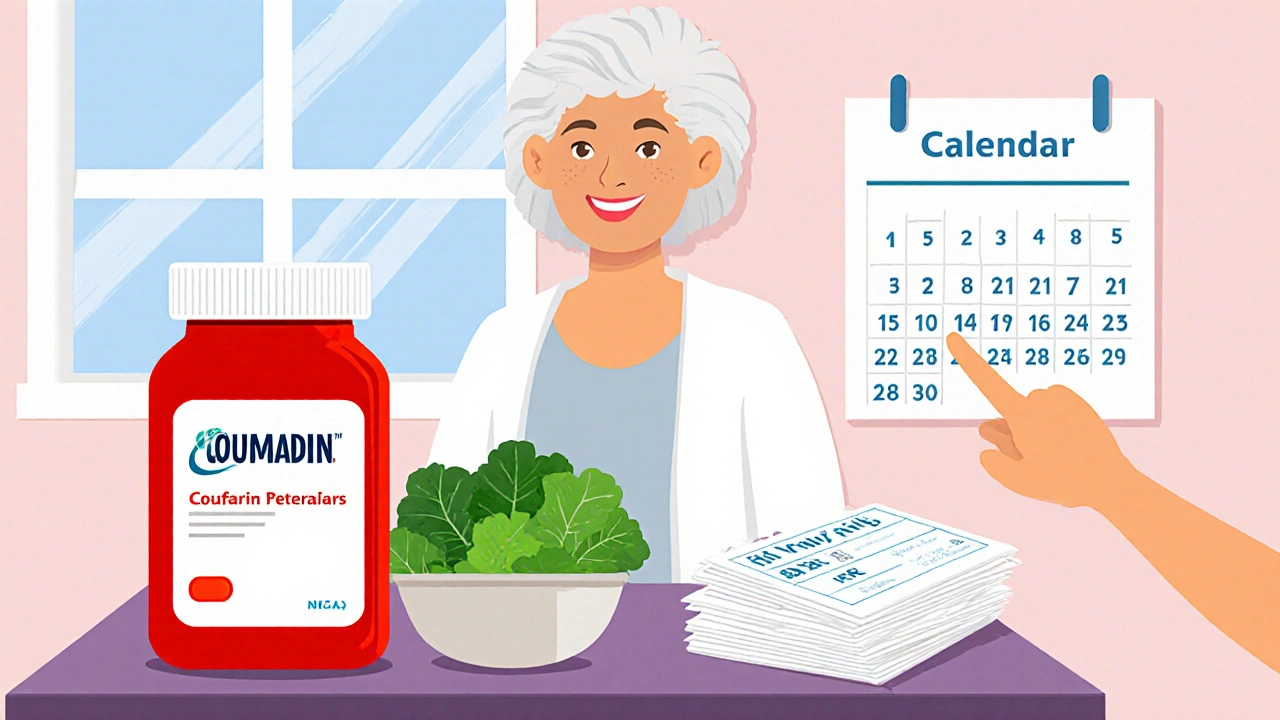NOACs – Your Go‑to Overview of Direct Oral Anticoagulants
When working with NOACs, a class of direct oral anticoagulants that thin the blood to stop clots. Also known as direct oral anticoagulants, they are used instead of older drugs like warfarin, a vitamin K antagonist that requires frequent blood tests for many heart‑related conditions.
One of the biggest reasons patients turn to NOACs is atrial fibrillation, an irregular heart rhythm that raises stroke risk. By keeping the blood from clotting in the chaotic chambers, these drugs cut stroke rates dramatically compared with warfarin. They also simplify life—no more weekly INR checks, and diet isn’t a constant worry.
Besides rhythm issues, deep vein thrombosis, a clot forming in the leg veins and its dangerous cousin pulmonary embolism are common targets. NOACs offer fixed dosing, rapid onset, and a predictable effect, which means doctors can start therapy quickly after surgery or an injury without the long lead‑in period warfarin needs.
The chemistry behind NOACs matters. Most of them block factor Xa (like apixaban and rivaroxaban) while a few inhibit thrombin (factor IIa) such as dabigatran. This direct action reduces the need for monitoring but introduces other considerations: strong CYP3A4 inhibitors can raise drug levels, and severe kidney impairment may require dose reductions or a different agent. Knowing a patient’s creatinine clearance helps pick the right dose and avoid bleeding. Cost is another real‑world factor. Generic versions of some NOACs are now available, narrowing the price gap with warfarin, especially when you add the hidden costs of INR testing and clinic visits. Insurance plans often favor NOACs for their safety profile, so many patients find the switch financially viable.
What You’ll Find in This NOACs Collection
Below is a hand‑picked set of articles that walk you through the most common questions around these drugs. We compare NOACs with traditional anticoagulants, explain how to switch safely, and break down dosing for specific conditions like atrial fibrillation, DVT, and kidney disease. Whether you’re a patient looking for practical tips or a caregiver needing clear guidance, the posts ahead give you actionable insights. Expect step‑by‑step dosing tables, real‑world side‑effect stories, and the latest guideline updates. By the end of the list, you’ll know which NOAC fits your situation, how to manage interactions, and when to talk to your doctor about monitoring. Ready to dive deeper? Scroll down to explore each article and arm yourself with the knowledge you need to make confident decisions about blood‑thinning therapy.

Coumadin vs Alternatives: Warfarin Comparison Guide
A clear, side‑by‑side look at Coumadin (warfarin) versus newer oral anticoagulants, with pros, cons, costs, and practical tips for choosing the right blood thinner.
Read More